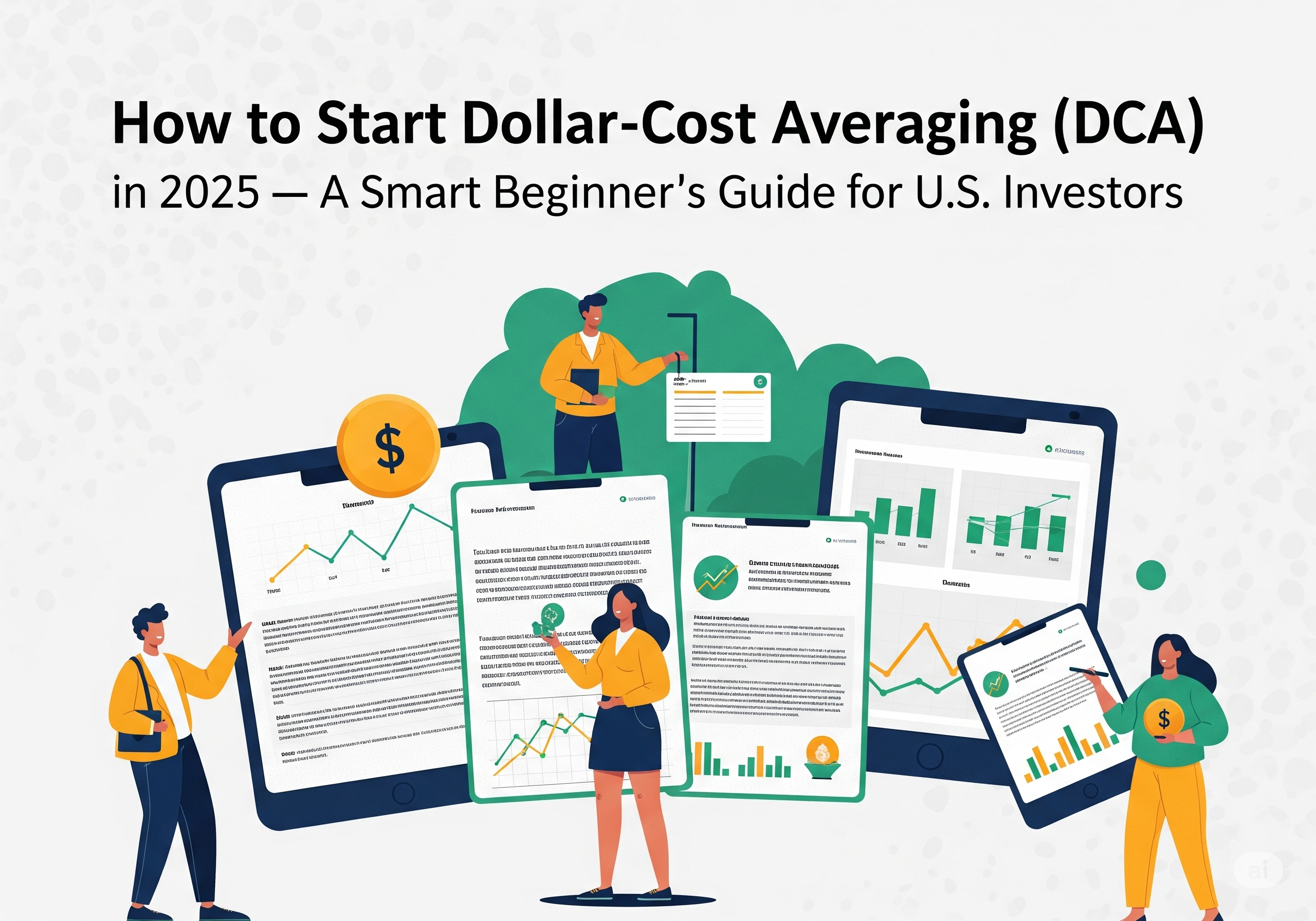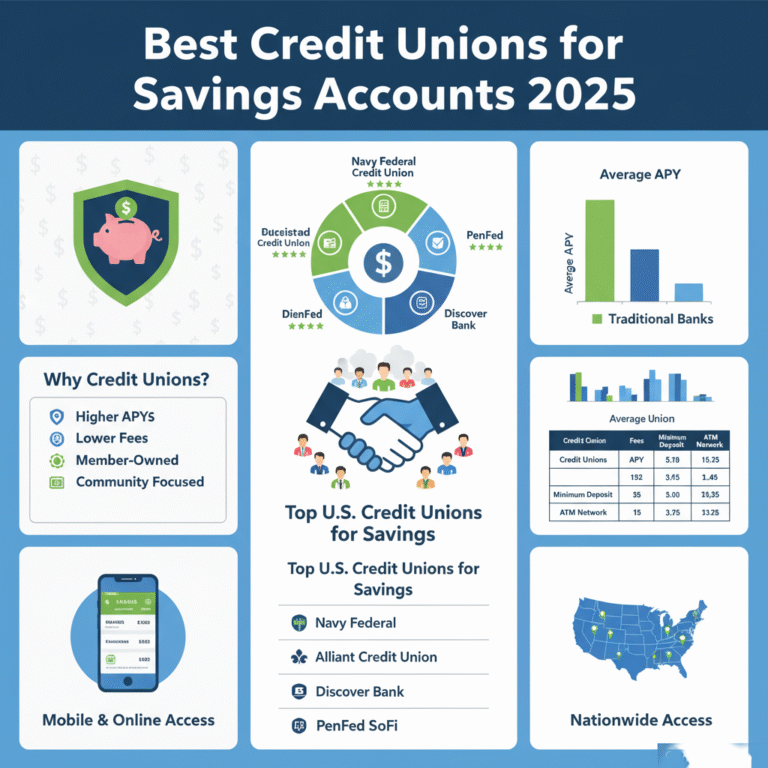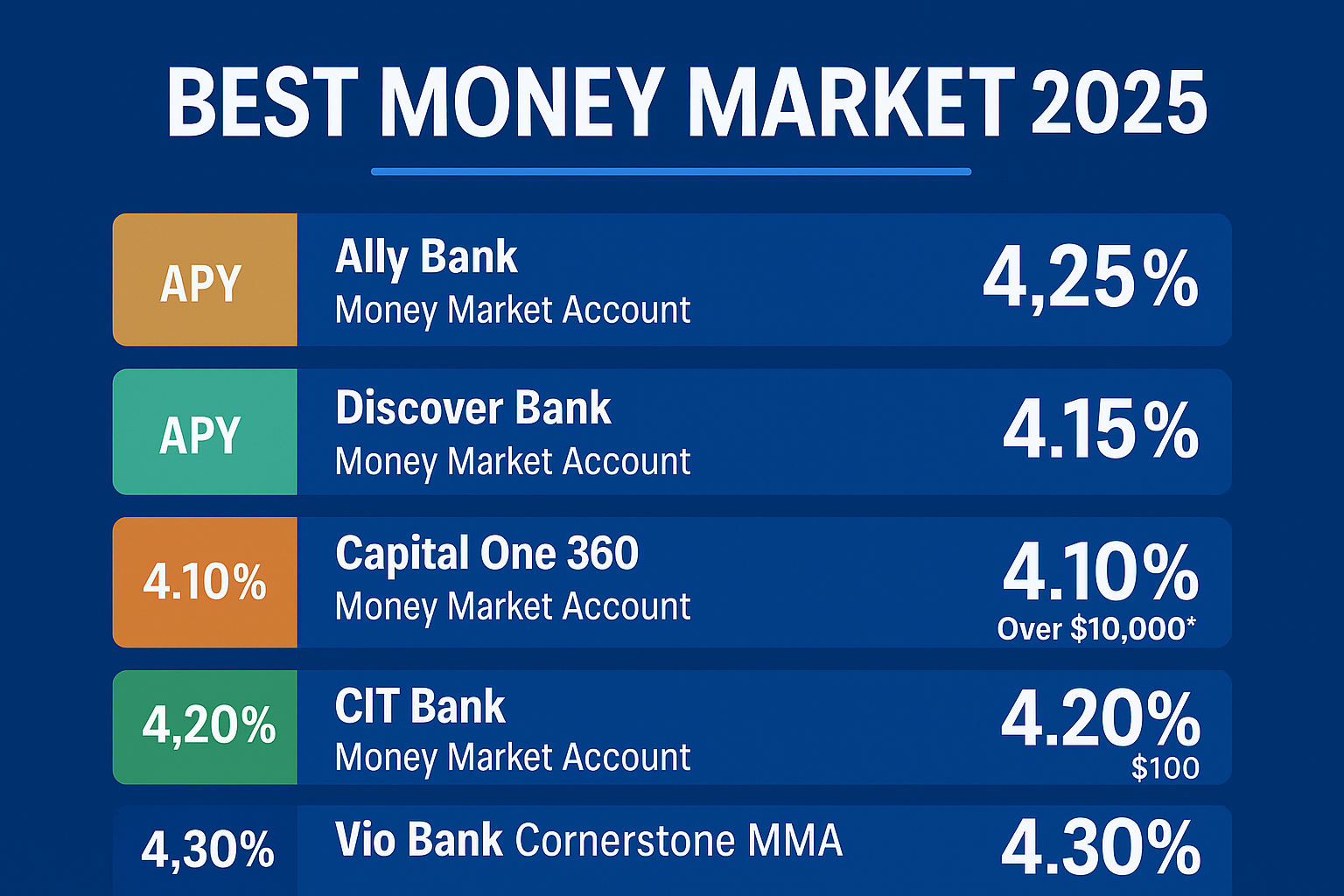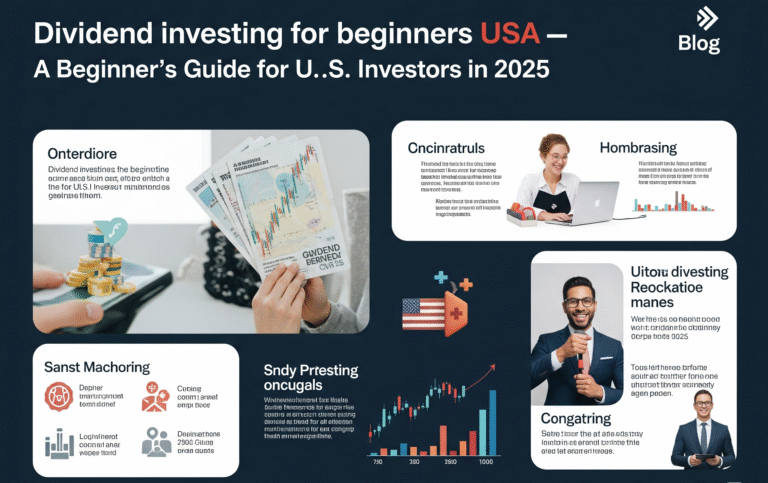How to Start Dollar-Cost Averaging (DCA) in 2025 — A Smart Beginner’s Guide for U.S. Investors
Dollar-Cost Averaging in 2025

Introduction Of Dollar-Cost Averaging in 2025
Dollar-cost averaging (DCA) is becoming more and more popular with American investors in 2025 as one of the most straightforward and astute strategies for accumulating long-term wealth. DCA is a tried-and-true method that helps lower risk, even out market volatility, and steadily increase your wealth over time, regardless of your level of experience with investing or portfolio.
What DCA is, how it operates, its advantages, and how newcomers in the US can begin dollar-cost averaging in 2025 will all be covered in this tutorial.
What is Dollar-Cost Averaging (DCA)?
Dollar-cost averaging is a method of investing in which, independent of market conditions, you invest a certain sum of money at regular periods (e.g., weekly, monthly, or quarterly).
👉 For instance, you invest $1,000 each month for a year, rather than $12,000 all at once.
By doing this, you may spread out your risk and make sure that you purchase more shares at cheap prices and fewer shares at high ones.
Why Dollar-Cost Averaging is Effective in 2025
1.Decreases Emotional Choices “When is the best time to buy?” is not a concern for you.
2.Evens Out the Market In today’s volatile market, volatility is particularly crucial.
3.Develops Discipline: Promotes steady investment.
4.Excellent for Novices It’s easy and doesn’t require market timing.
5.Ideal for retirement funds – works nicely with IRA assets or 401(k) contributions.
How to Start Dollar-Cost Averaging in 2025 (Step-by-Step)
1. Set Your Investment Budget
Choose a weekly or monthly investment amount that you can afford. $50 a month is a fantastic beginning.
2. Choose Your Platform
Top DCA platforms in the US in 2025:
Fidelity: Ideal for funds that are accessible to beginners.
Vanguard: Excellent for index funds and ETFs.
Schwab: Good alternatives with no fees.
Robinhood: Simple mobile investment that isn’t as focused on retirement.
3. Pick the Right Investment
Safe, easy-to-use options for DCA beginners:
- Index funds (such as SPY or VOO, which are S&P 500 funds)
- ETFs (such as VTI for the entire US market and QQQ for technology)
- For retirement planning, use Target-Date Funds.
4. Automate Contributions
Set automatic transfers so you don’t forget. Most brokerages let you schedule recurring buys.
5. Stay Consistent & Patient
The power of DCA is long-term growth. Don’t stop during market dips — that’s when you buy cheaper shares.
Example of Dollar-Cost Averaging in Action
- Month 1: You purchase ten shares of the stock at a price of $100.
- Month 2: You purchase 12.5 shares at a stock price of $80.
- Month 3: You purchase 8.3 shares of the stock at a price of $120.
👉 You invested $3,000 in total over three months, but the average cost of your shares was $95 rather than $100 or $120. This lowers your total risk.
Dollar-Cost Averaging vs Lump Sum Investing
- Lump Sum – Invests all money at once. Higher risk if market drops.
- DCA – Invests gradually, lowering timing risk.
👉 For most U.S. beginners in 2025, DCA is safer and builds discipline.
Common Mistakes to Avoid with DCA
❌Stopping when the market declines.
❌Instead of index funds, invest in random meme stocks.
❌Lack of specific goals.
❌ early withdrawal prior to compounding.
Final Thoughts Of Dollar-Cost Averaging in 2025
For American investors, dollar-cost averaging is still one of the most straightforward and successful methods in 2025. You may gradually accumulate wealth without worrying about market timing if you invest regularly, pick secure funds, and automate your contributions.
Start now if you’re new, even if it’s just $50 a month. Your future self will thank you in ten to twenty years.
etf-investing-for-beginners-in-2025
best-budgeting-apps-for-beginners-usa







